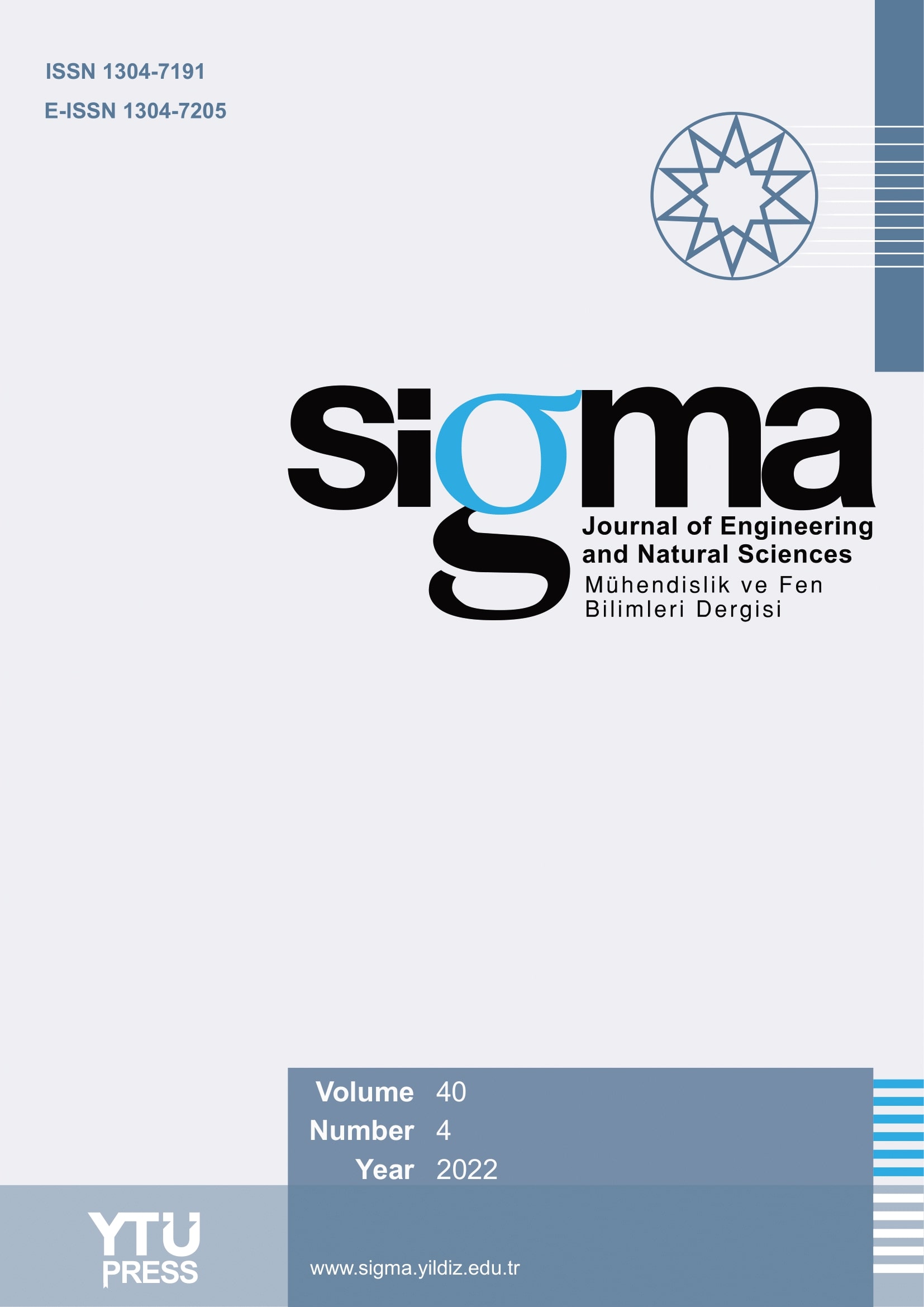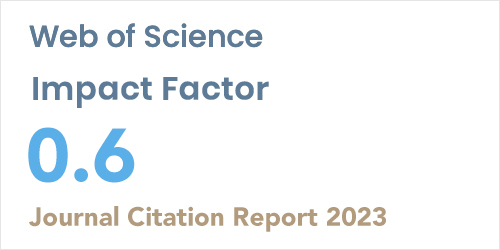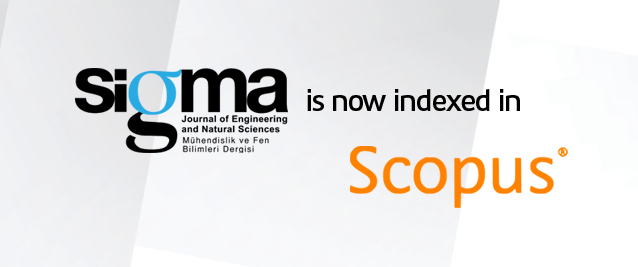2Kakatiya Institute of Technology and Science, Warangal, Telangana, 506015, India
3Bharati Vidyapeeth’s Institute of Management and Information Technology, Navi Mumbai, 400614, India
4Department of Computer Science and Engineering, Shri Vishnu Engineering College for Women, Bhimavaram, 534202, India
5Department of Computer Science and Engineering, S R K R Engineering College, Bhimavaram, 534204, India
6Department of Electronics & Communication Engineering, Koneru Lakshmaiah Education Foundation, Guntur, Andhra Pradesh, 522502, India
Abstract
Wireless ad hoc networks, essential in our mobile device-driven world, demand efficient and reliable routing protocols. This research extensively explores the performance of three prominent ad hoc routing protocols: Ad-hoc On Demand Distance Vector (AODV), Destination Sequenced Distance Vector (DSDV), and Optimized Link State Routing (OLSR). Utilizing the NS-3 simulator, we extensively explore these routing protocols for different scenarios, i.e., with different variations in network parameters like time, packet size, node speed, and number of nodes. Wireless ad hoc networks do not have a fixed infrastructure and instead use wireless nodes to cooperate to dynamically establish temporary networks and forward data packets. In such networks, every mobile node serves as both a transmitter and a router, and packets can be forwarded by intermediate nodes multiple times before reaching their destination. This cooperative routing enables robust communication even in environments where conventional infrastructure is not feasible or can’t be deployed. We quantify key performance parameters including throughput, packet delivery ratio, end-to-end delay, packet loss ratio, and end-to-end jitter. Our results demonstrate the strengths and weaknesses of every protocol and it offers valuable information in selecting and optimizing protocols in wireless ad hoc networks. The findings of this research can enhance the performance and efficiency of wireless communication systems across different real-world applications. We also present the NS-3 simulator, our research basis, and explain its limitations and real-world implications. This performance assessment is an essential tool for network administrators and designers to improve ad hoc network performance and guarantee quality data transmission. By simplifying the explanation of how mobile nodes work together to relay data packets, this study offers a clear understanding of ad hoc network dynamics and their practical applications.















